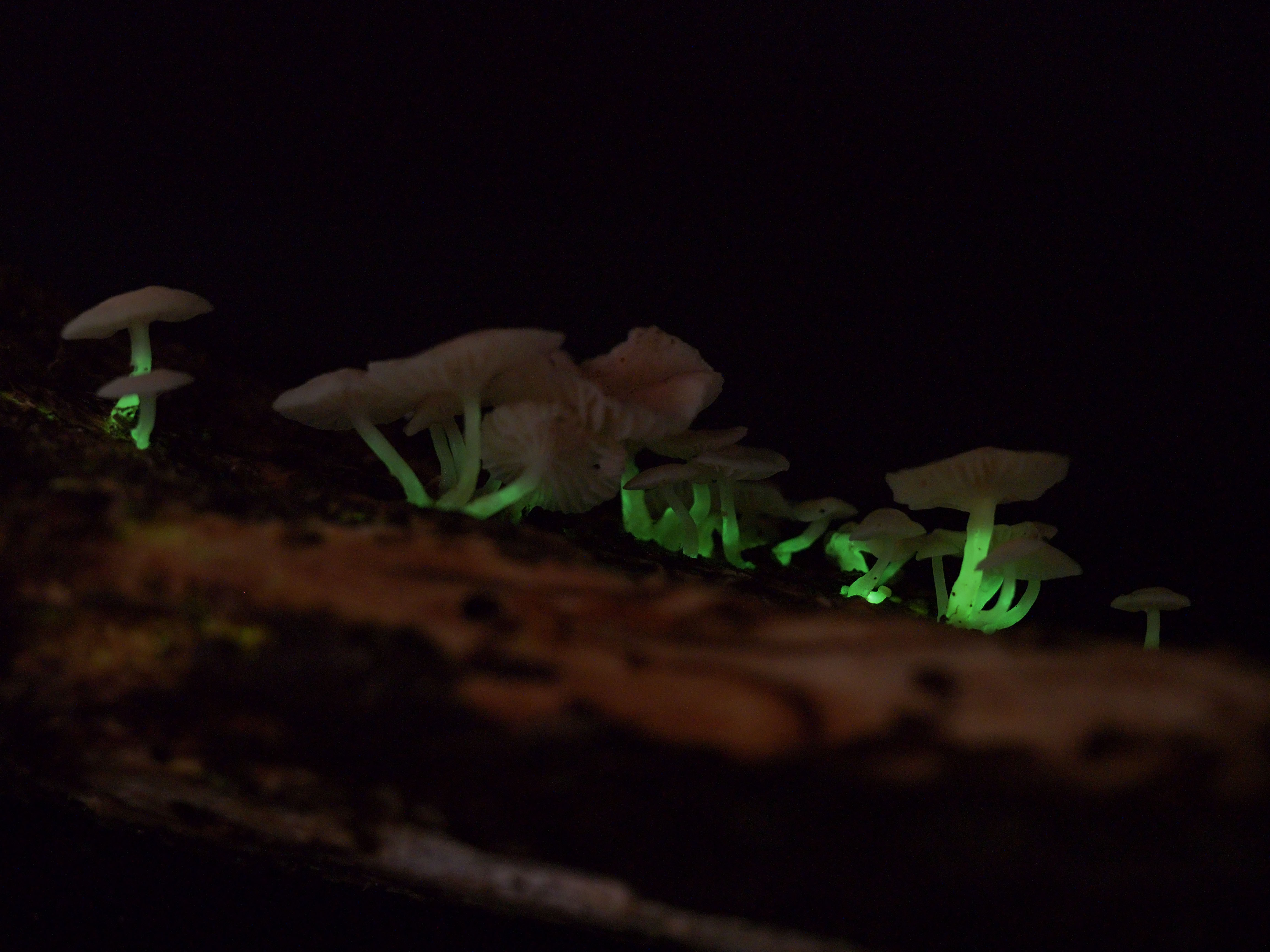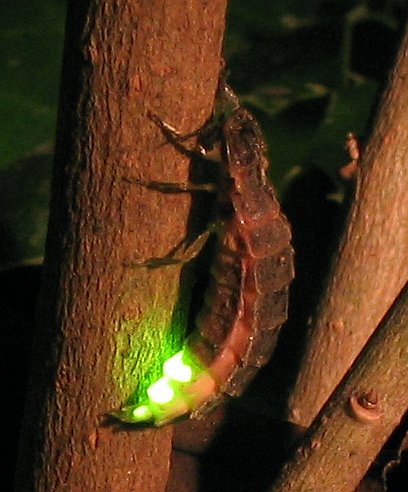|
Mycena Tintinnabulum
''Mycena tintinnabulum'' is a European species of agaric fungus in the family Mycenaceae. The mycelium, but not the fruit body, is bioluminescent. See also *List of bioluminescent fungi ] Found largely in temperate and tropical climates, currently there are more than 112 known species of bioluminescent fungi, all of which are members of the order Agaricales (Basidiomycota) with one exceptional ascomycete belonging to the order Xy ... References External links Mycena, tintinnabulum Bioluminescent fungi Fungi described in 1783 Fungi of Europe {{Agaricales-stub ... [...More Info...] [...Related Items...] OR: [Wikipedia] [Google] [Baidu] |
Jean-Jacques Paulet
Jean-Jacques Paulet (26 April 1740 – 4 August 1826) was a French mycologist. Paulet was born in Anduze, France and studied medicine in Montpellier, where he received his PhD in March 1764. He published in Paris in 1765 a book titled ''d’Histoire de la petite vérole, avec les moyens d’en préserver les enfants...'' (History of smallpox, with the means to protect children ...), which was followed by a French translation of the book on smallpox by Abu Bakr Mohammad Ibn Zakariya al-Razi (ninth or tenth century). He completed this series of works by three more books, published in Paris between 1768 and 1776, in which he outlined wide-scale measures of smallpox protection. Paulet was interested in ergotism and published several studies in Mémoires de l’Académie de médecine alongside such scientist as Henri Alexandre Tessier (1741–1837) and Charles Jacques Saillant (1747–1814). He was also known for his opposition to the animal magnetism. In 1805 he published a treatise ... [...More Info...] [...Related Items...] OR: [Wikipedia] [Google] [Baidu] |
August Johann Georg Karl Batsch
August Johann Georg Karl Batsch (28 October 1761 – 29 September 1802) was a German naturalist. He was a recognised authority on mushrooms, and also described new species of ferns, bryophytes, and seed plants. Life and career Batsch was born in Jena, Saxe-Weimar to George Lorenz Bratsch and Ernestine (''nee'' Franke) Bratsch. He studied at the Jena City School, and then had private tuition. He showed an aptitude for natural sciences and drawing, and so subsequently studied medicine and philosophy at the University of Jena (now known as the Friedrich Schiller University of Jena), entering in 1772 and obtaining his doctorate in philosophy in 1781 and in medicine in 1786, his supervisor being Justus Christian Loder. Batsch was married in 1787 to Amalie Pfaundel. They had three children, Friedrich (born 1789), George Friedrich Karl (1792), and Karoline (1795). He died in 1802 after a short illness. In 1786 Batsch began to teach natural history at the University of Jena and in 17 ... [...More Info...] [...Related Items...] OR: [Wikipedia] [Google] [Baidu] |
Agaric
An agaric () is a type of fungus fruiting body characterized by the presence of a pileus (cap) that is clearly differentiated from the stipe (stalk), with lamellae (gills) on the underside of the pileus. In the UK, agarics are called "mushrooms" or "toadstools". In North America they are typically called "gilled mushrooms". "Agaric" can also refer to a basidiomycete species characterized by an agaric-type fruiting body. Archaically, agaric meant 'tree-fungus' (after Latin ''agaricum''); however, that changed with the Linnaean interpretation in 1753 when Linnaeus used the generic name ''Agaricus'' for gilled mushrooms. Most species of agaricus belong to the order Agaricales in the subphylum Agaricomycotina. The exceptions, where agarics have evolved independently, feature largely in the orders Russulales, Boletales, Hymenochaetales, and several other groups of basidiomycetes. Old systems of classification placed all agarics in the Agaricales and some (mostly older) sources use ... [...More Info...] [...Related Items...] OR: [Wikipedia] [Google] [Baidu] |
Mycenaceae
The Mycenaceae are a family of fungi in the order Agaricales. According to the ''Dictionary of the Fungi'' (10th edition, 2008), the family contains 10 genera and 705 species. This is one of several families that were separated from the Tricholomataceae as a result of phylogenetic analyses. Taxa in the Mycenaceae are saprobic, have a cosmopolitan distribution, and are found in almost all ecological zones. The family was circumscribed by Caspar van Overeem in 1926. The extinct genus ''Protomycena'', described from Burdigalian age Dominican amber found on the island of Hispaniola is one of four known agaric genera in the fossil record. Phylogeny A large-scale phylogenetic analysis study of the Agaricales published by a consortium of mycologists in 2002 adopted the name Mycenaceae for a strongly supported clade consisting of ''Dictyopanus'', '' Favolaschia'', ''Mycena ''Mycena'' is a large genus of small saprotrophic mushrooms that are rarely more than a few centimeters in ... [...More Info...] [...Related Items...] OR: [Wikipedia] [Google] [Baidu] |
Mycelium
Mycelium (plural mycelia) is a root-like structure of a fungus consisting of a mass of branching, thread-like hyphae. Fungal colonies composed of mycelium are found in and on soil and many other substrate (biology), substrates. A typical single spore germinates into a Monokaryon, monokaryotic mycelium, which cannot reproduce sexually; when two compatible monokaryotic mycelia join and form a dikaryotic mycelium, that mycelium may form sporocarp (fungi), fruiting bodies such as mushrooms. A mycelium may be minute, forming a colony that is too small to see, or may grow to span thousands of acres as in ''Armillaria''. Through the mycelium, a fungus absorbs nutrients from its environment. It does this in a two-stage process. First, the hyphae secrete enzymes onto or into the food source, which break down biopolymers, biological polymers into smaller units such as monomers. These monomers are then absorbed into the mycelium by facilitated diffusion and active transport. Mycelia are v ... [...More Info...] [...Related Items...] OR: [Wikipedia] [Google] [Baidu] |
Basidiocarp
In fungi, a basidiocarp, basidiome, or basidioma () is the sporocarp of a basidiomycete, the multicellular structure on which the spore-producing hymenium is borne. Basidiocarps are characteristic of the hymenomycetes; rusts and smuts do not produce such structures. As with other sporocarps, epigeous (above-ground) basidiocarps that are visible to the naked eye (especially those with a more or less agaricoid morphology) are commonly referred to as mushrooms, while hypogeous (underground) basidiocarps are usually called false truffles. Structure All basidiocarps serve as the structure on which the hymenium is produced. Basidia are found on the surface of the hymenium, and the basidia ultimately produce spores. In its simplest form, a basidiocarp consists of an undifferentiated fruiting structure with a hymenium on the surface; such a structure is characteristic of many simple jelly and club fungi. In more complex basidiocarps, there is differentiation into a stipe, a pileus ... [...More Info...] [...Related Items...] OR: [Wikipedia] [Google] [Baidu] |
Bioluminescent
Bioluminescence is the production and emission of light by living organisms. It is a form of chemiluminescence. Bioluminescence occurs widely in marine vertebrates and invertebrates, as well as in some Fungus, fungi, microorganisms including some bioluminescent bacteria, and terrestrial arthropods such as Firefly, fireflies. In some animals, the light is bacteriogenic, produced by symbiosis, symbiotic bacteria such as those from the genus ''Vibrio''; in others, it is autogenic, produced by the animals themselves. In a general sense, the principal chemical reaction in bioluminescence involves a light-emitting molecule and an enzyme, generally called luciferin and luciferase, respectively. Because these are generic names, luciferins and luciferases are often distinguished by the species or group, e.g. firefly luciferin. In all characterized cases, the enzyme Catalysis, catalyzes the Redox, oxidation of the luciferin. In some species, the luciferase requires other Cofactor (bio ... [...More Info...] [...Related Items...] OR: [Wikipedia] [Google] [Baidu] |
List Of Bioluminescent Fungi
] Found largely in temperate and tropical climates, currently there are more than 112 known species of bioluminescent fungi, all of which are members of the order Agaricales (Basidiomycota) with one exceptional ascomycete belonging to the order Xylariales. All known bioluminescent Agaricales are mushroom-forming, white-spored agarics that belong to four distinct evolutionary lineages. The Omphalotus lineage (comprising the genera ''Omphalotus'' and '' Neonothopanus'') contains 12 species, the ''Armillaria'' lineage has 10 known species, while the Mycenoid lineage ('' Favolachia, Mycena'', '' Panellus'', '' Prunulus'', '' Roridomyces'') has more than 50 species. The recently discovered Lucentipes lineage contains two species, ''Mycena lucentipes'' and '' Gerronema viridilucens'', which belong to a family that has not yet been formally named. ''Armillaria mellea'' is the most widely distributed of the luminescent fungi, found across Asia, Europe, North America, and South Africa. Bi ... [...More Info...] [...Related Items...] OR: [Wikipedia] [Google] [Baidu] |
MycoBank
MycoBank is an online database, documenting new mycological names and combinations, eventually combined with descriptions and illustrations. It is run by the Westerdijk Fungal Biodiversity Institute in Utrecht. Each novelty, after being screened by nomenclatural experts and found in accordance with the ICN ( International Code of Nomenclature for algae, fungi, and plants), is allocated a unique MycoBank number before the new name has been validly published. This number then can be cited by the naming author in the publication where the new name is being introduced. Only then, this unique number becomes public in the database. By doing so, this system can help solve the problem of knowing which names have been validly published and in which year. MycoBank is linked to other important mycological databases such as ''Index Fungorum'', Life Science Identifiers, Global Biodiversity Information Facility (GBIF) and other databases. MycoBank is one of three nomenclatural repositories r ... [...More Info...] [...Related Items...] OR: [Wikipedia] [Google] [Baidu] |
Mycena
''Mycena'' is a large genus of small saprotrophic mushrooms that are rarely more than a few centimeters in width. They are characterized by a white spore print, a small conical or bell-shaped cap, and a thin fragile stem. Most are gray or brown, but a few species have brighter colors. Most have a translucent and striate cap, which rarely has an incurved margin. The gills are attached and usually have cystidia. Some species, like ''Mycena haematopus'', exude a latex when the stem is broken, and many species have a chlorine or radish-like odor. Overview ''Mycenas'' are hard to identify to species and some are distinguishable only by microscopic features such as the shape of the cystidia. Some species are edible, while others contain toxins, but the edibility of most is not known, as they are likely too small to be useful in cooking. ''Mycena pura'' contains the mycotoxin muscarine, but the medical significance of this is unknown. Over 58 species are known to be bioluminescent, ... [...More Info...] [...Related Items...] OR: [Wikipedia] [Google] [Baidu] |
Bioluminescent Fungi
Bioluminescence is the production and emission of light by living organisms. It is a form of chemiluminescence. Bioluminescence occurs widely in marine vertebrates and invertebrates, as well as in some fungi, microorganisms including some bioluminescent bacteria, and terrestrial arthropods such as fireflies. In some animals, the light is bacteriogenic, produced by symbiotic bacteria such as those from the genus ''Vibrio''; in others, it is autogenic, produced by the animals themselves. In a general sense, the principal chemical reaction in bioluminescence involves a light-emitting molecule and an enzyme, generally called luciferin and luciferase, respectively. Because these are generic names, luciferins and luciferases are often distinguished by the species or group, e.g. firefly luciferin. In all characterized cases, the enzyme catalyzes the oxidation of the luciferin. In some species, the luciferase requires other cofactors, such as calcium or magnesium ions, and sometime ... [...More Info...] [...Related Items...] OR: [Wikipedia] [Google] [Baidu] |




